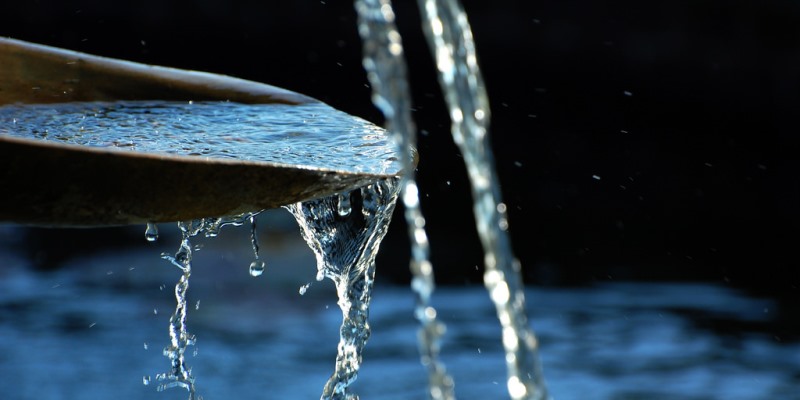Canada is richly endowed with freshwater resources

Some have questioned whether Canada is running out of water. According to our new study, a water shortage in Canada is unlikely given our abundant water resources and level of water consumption.
Canada is richly endowed with non-renewable and renewable freshwater resources. With 563 large lakes across the country, Canada has more lakes than any other country in the world, giving us an impressive non-renewable water supply. The Great Lakes, which are shared between Canada and the United States, are the largest group of freshwater lakes in the world and account for 18 per cent of the global stock of fresh surface water.
Canada has the third-largest renewable freshwater supply in the world, with an average annual flow of 3,478 cubic kilometres (km3) between 1971 and 2013. This works out to more than 100,000 cubic metres (m3) per person, the second-largest amount among developed countries behind only Iceland.
However, while abundant, Canada’s freshwater resources are not evenly distributed across the country. Much of Canada’s fresh water drains northward into the Arctic Ocean and Hudson Bay, limiting its availability along the country’s southern border where the majority of the population resides. Specifically, only 38 per cent of Canada’s renewable freshwater supply is located in the southern portion of the country. Nonetheless, Canadians consume only a small fraction (about one per cent) of the water supply annually available.
Although Canada has vast freshwater resources and uses only a fraction of them, uneven distribution means there may be challenges in balancing supply and usage in specific regions at specific times. To identify regions with higher possibilities of water shortages, the federal Environment and Climate Change Canada monitors rivers across Canada and provides information about water flows. Water-monitoring stations categorize quantity into three groups: low, high and normal. The classification for any given station is based on a comparison of its most frequently observed flow condition in a year with its typical water flow condition between 1981 and 2010.
The chart below summarizes the results of water quantity measurements at monitoring stations across Canada (on an annual basis) from 2001 to 2015.

As shown, most Canadian rivers have exhibited normal or above-normal water quantity with a slightly declining tendency for low flow levels. In 2015, most Canadian rivers (90 per cent of monitoring stations across Canada) had normal or above-normal and only 10 per cent had lower-than-normal quantity.
Lower-than-normal status was detected more frequently at stations in central Northwest Territories, southwestern Ontario, southern British Columbia and Alberta, and northern Saskatchewan. Higher-than-normal quantity was more frequently observed at stations in northwestern Ontario, northern British Columbia, Yukon, south-central Saskatchewan and Manitoba.
Overall, Canada is not experiencing a water shortage, as most Canadian rivers have normal water quantity levels based on the most recent data.

